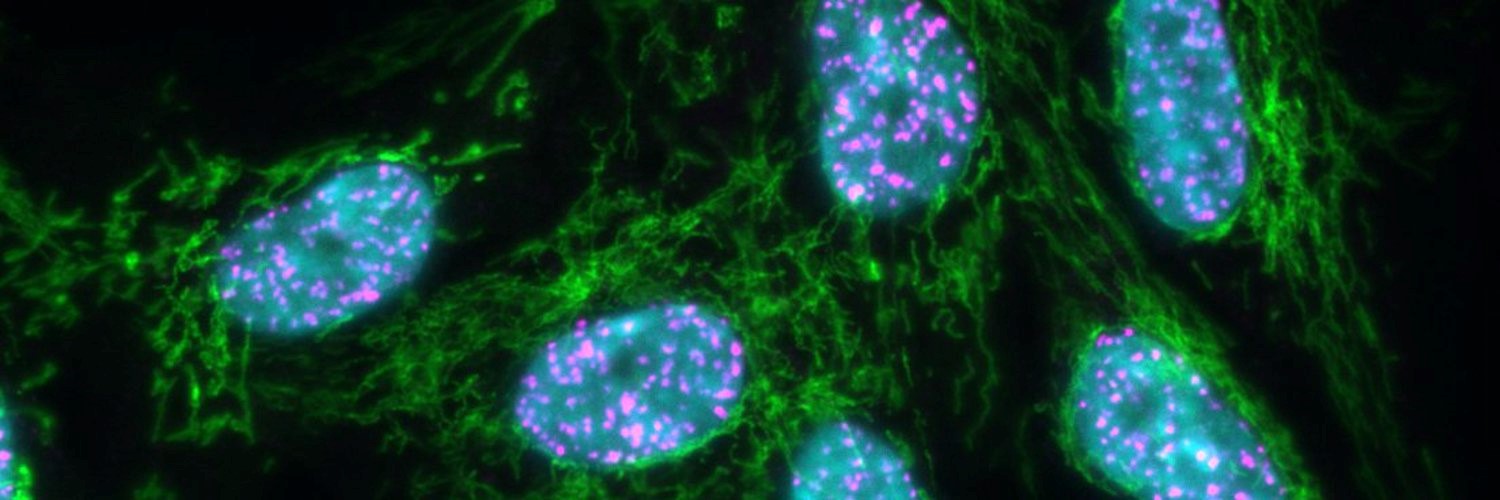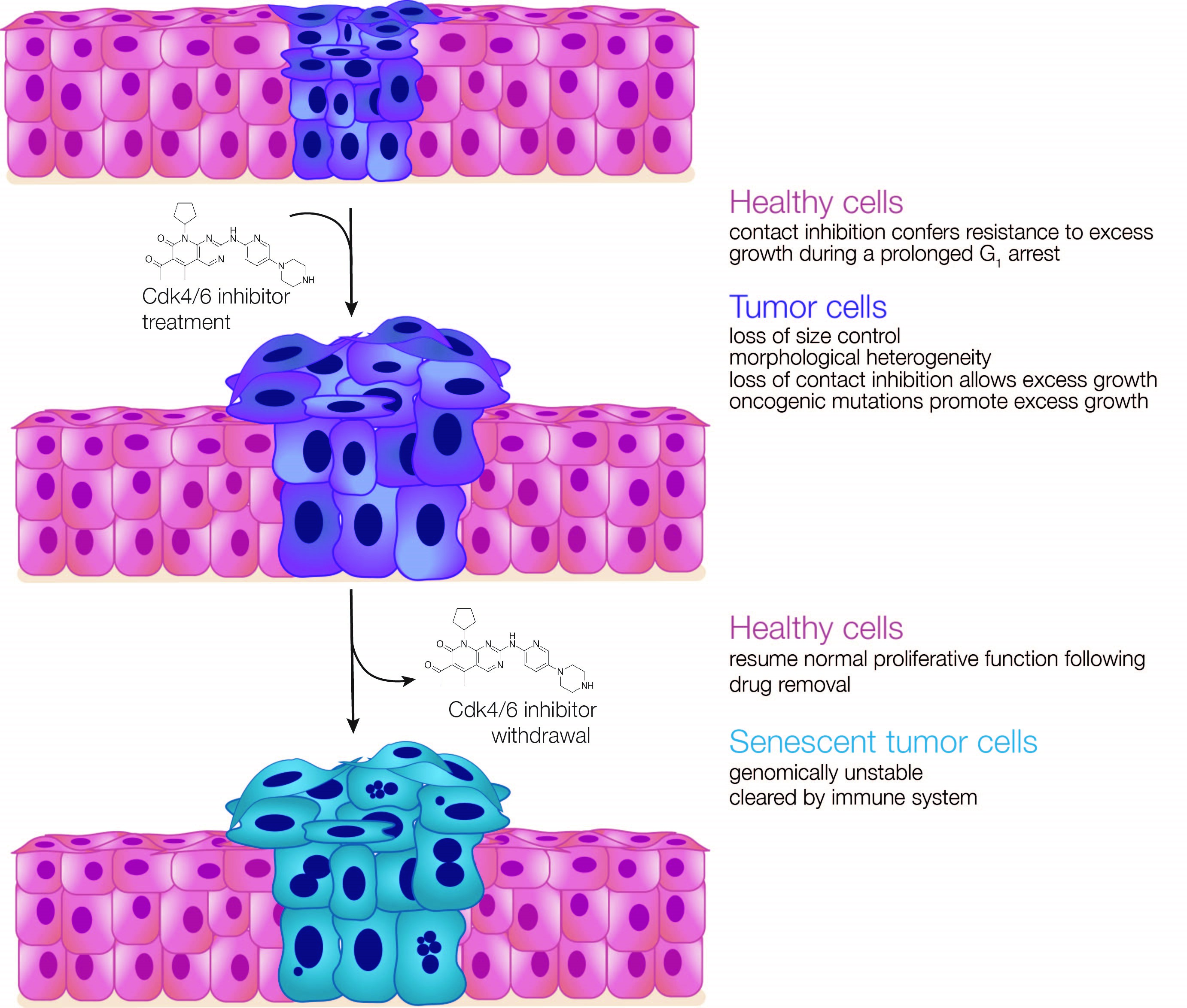SNF Ambizione Fellow Dr. Sandhya Manohar
Manohar Lab Website
Research interests
Cell size, cell cycle regulation, and cellular senescence
Eukaryotic cells exist in a wide range of sizes, even within the same organism. Human cells span approximately five orders of magnitude in size, with the smallest cells (sperm) measuring ~ 25 fL and the largest (oocytes) measuring around 3.5 nL. Despite this wide size distribution across cell types, it has long been observed that the size distribution for a single cell type is narrow. Such uniformity is a likely sign that maintaining a particular size is important for maintaining normal cellular function.

Cellular senescence refers to a permanent state of cell cycle exit. It is a tumor suppressive mechanism that blocks cell cycle progression following exposure to diverse stresses, many of which cause genome instability. Still, some cells can escape senescence under poorly-understood circumstances and progress into particularly-aggressive malignancies. Consistent with this, cancerous lesions with a high proportion of senescent cells have been associated with worse patient outcomes. Thus, understanding how senescence is induced and maintained is essential for identifying the vulnerabilities that underpin cancer formation.
Despite diverse drivers, it has long been observed (since the 1960s!) that senescent cells are larger than cycling cells. This observation is often explained by the fact that senescent cells continue to grow but do not divide, resulting in a net accumulation of biomass. We have recently shown that excess cell size is not only a consequence but also a cause of cellular senescence. This finding presents a potential paradigm for why senescence is durable: cells undergo cell cycle arrest following exposure to an initial stress, and the excess size attained during that arrest make it permanent. Still, the mechanism by which excess size prevents cell cycle progression remains unclear.
Our long-term goal is to understand how cells “feel” their own size, and how this is integrated with cell cycle decision-making. To reach this goal, we integrate classical cell biological approaches (live and fixed-cell microscopy, cell-based biochemistry and genetics) with proteomic and sequencing-based measurements. From a broader perspective, we hope that our work can be used to understand the in vivo mechanisms of cell cycle arrest-inducing cancer drugs (e.g., Cdk4/6 inhibitors, Cdk7 inhibitors) used in a clinical setting.

If you are interested in conducting molecular cancer research in a dynamic and vibrant international research environment, please consider the following opportunities:
Masters and Bachelors students
We are currently recruiting undergraduate students for long-term research projects. If interested, please contact Sandhya directly with a short description of your research interests and goals.
sandhya.manohar@dmmd.uzh.ch
PhD candidates
PhD students will be recruited through the Molecular Life Sciences (MLS) and Cancer Biology Programs of the Life Science Zurich Graduate School (LSZGS). Applications can be submitted twice a year, please see the LSZGS website for application deadlines and further details:



